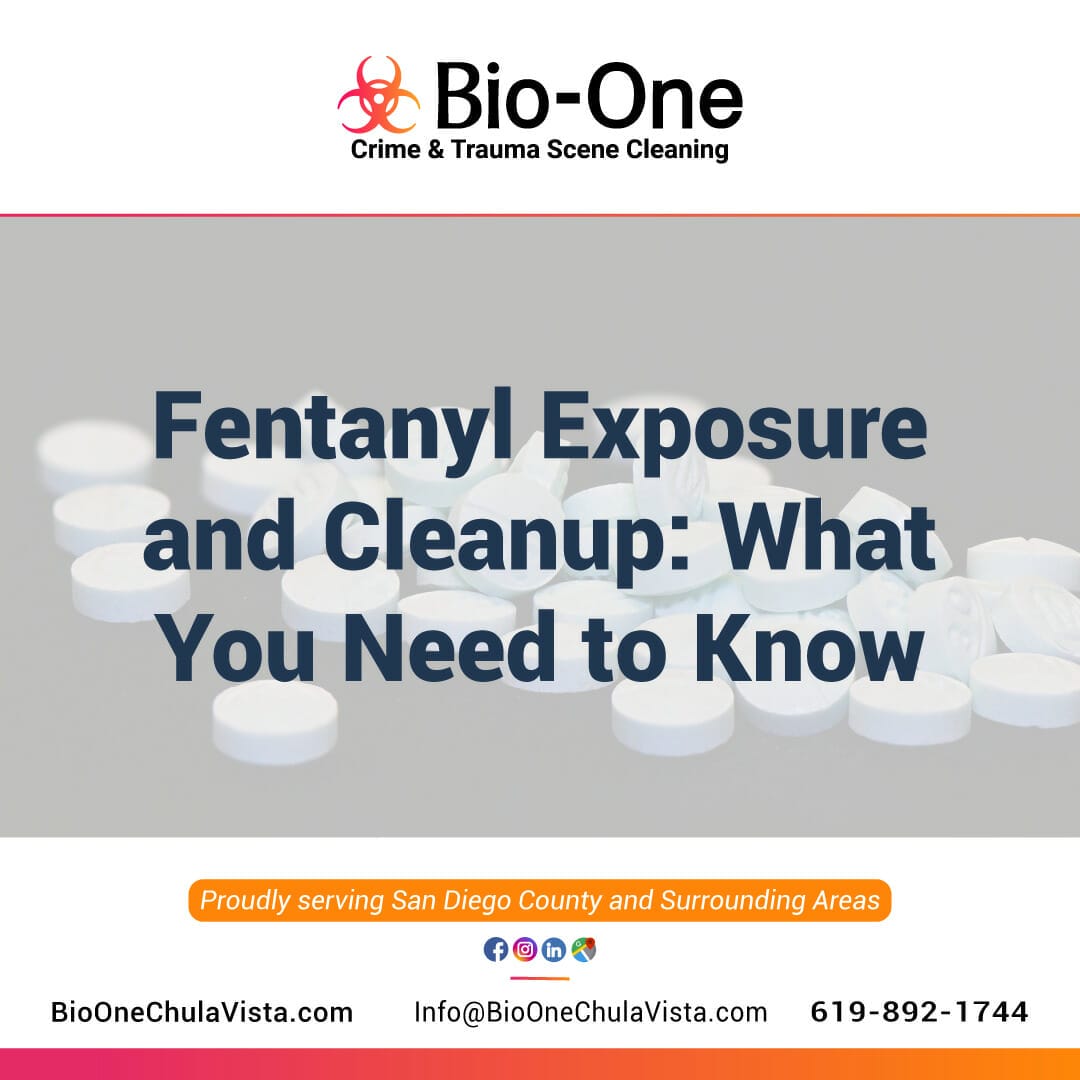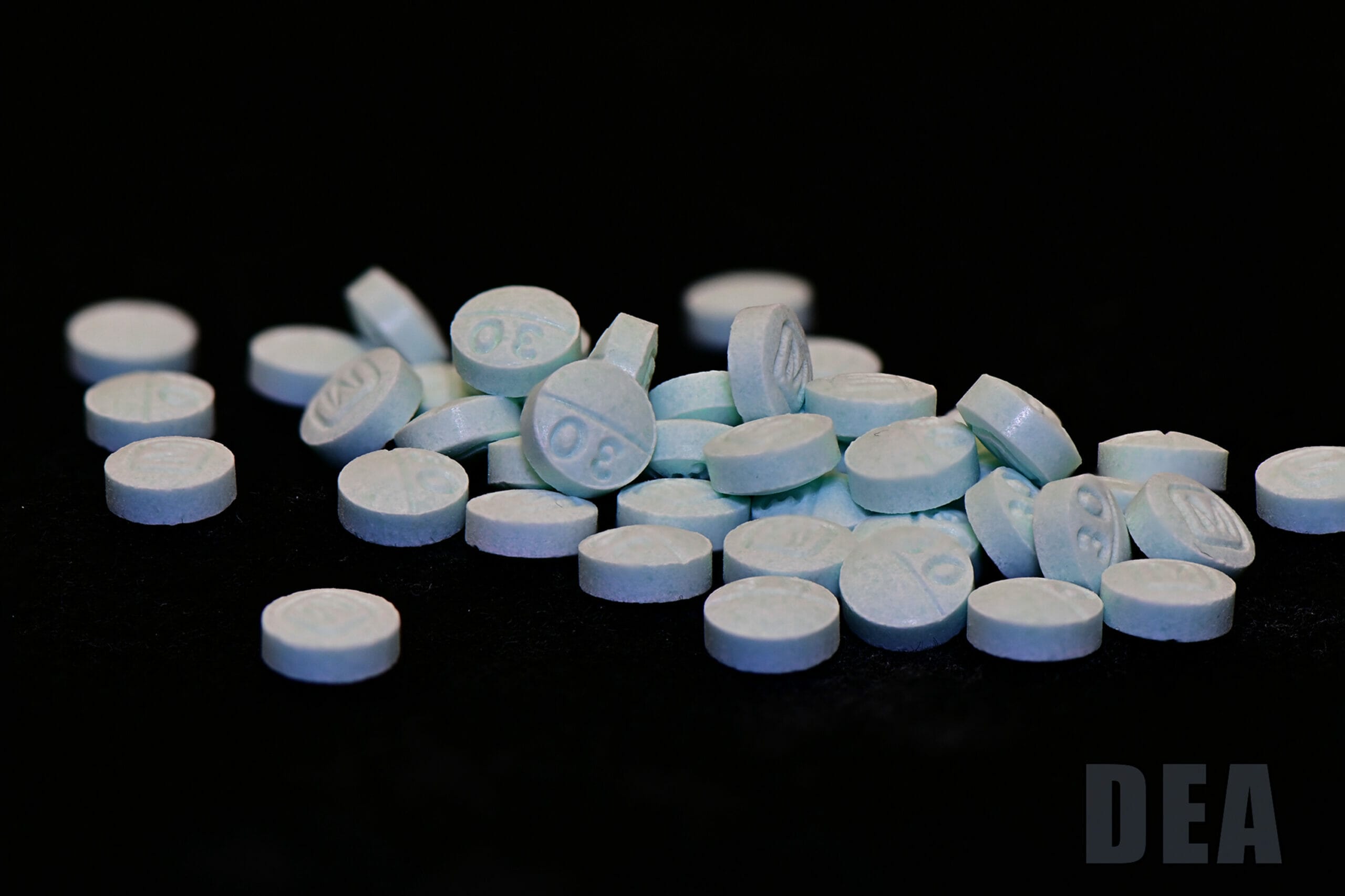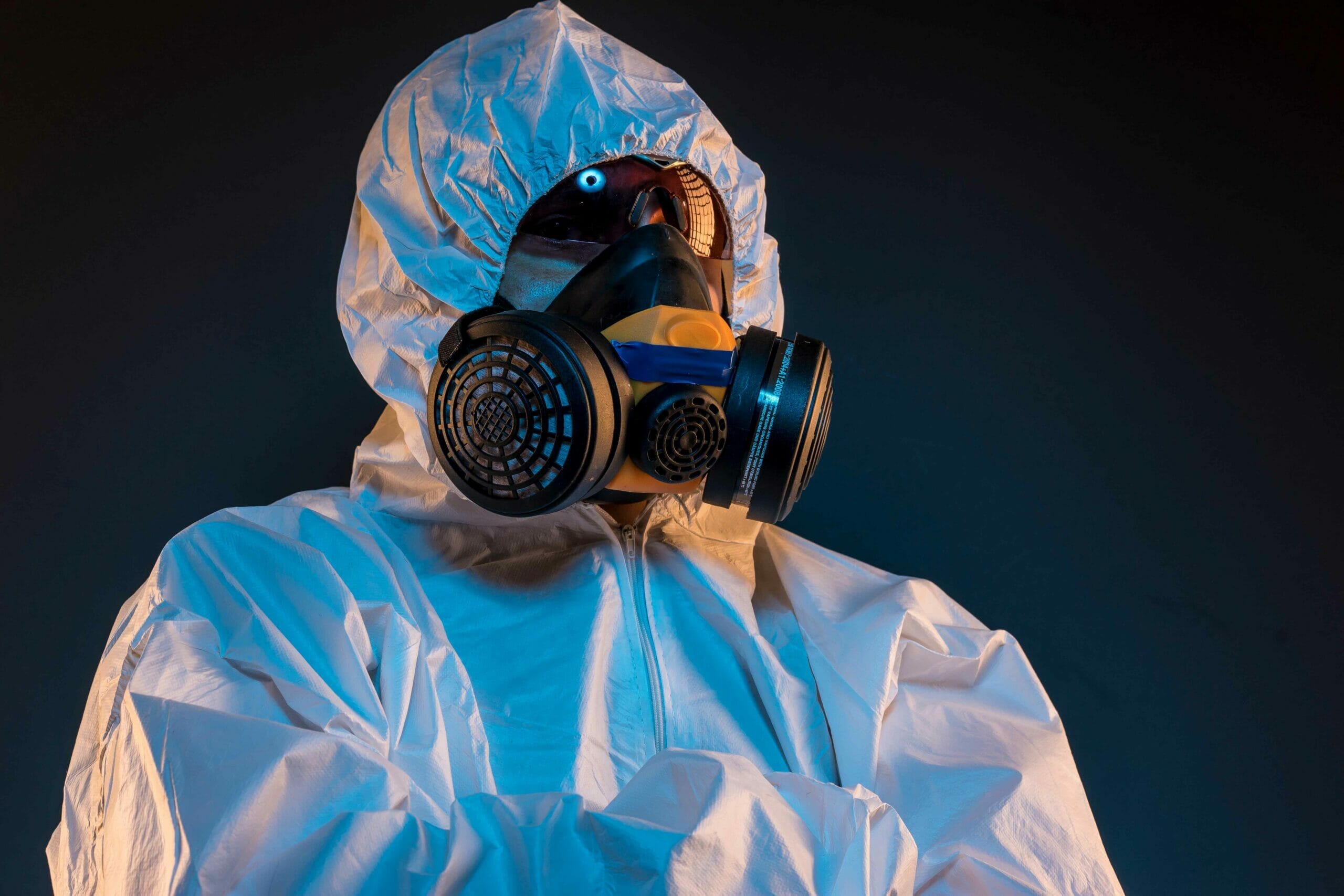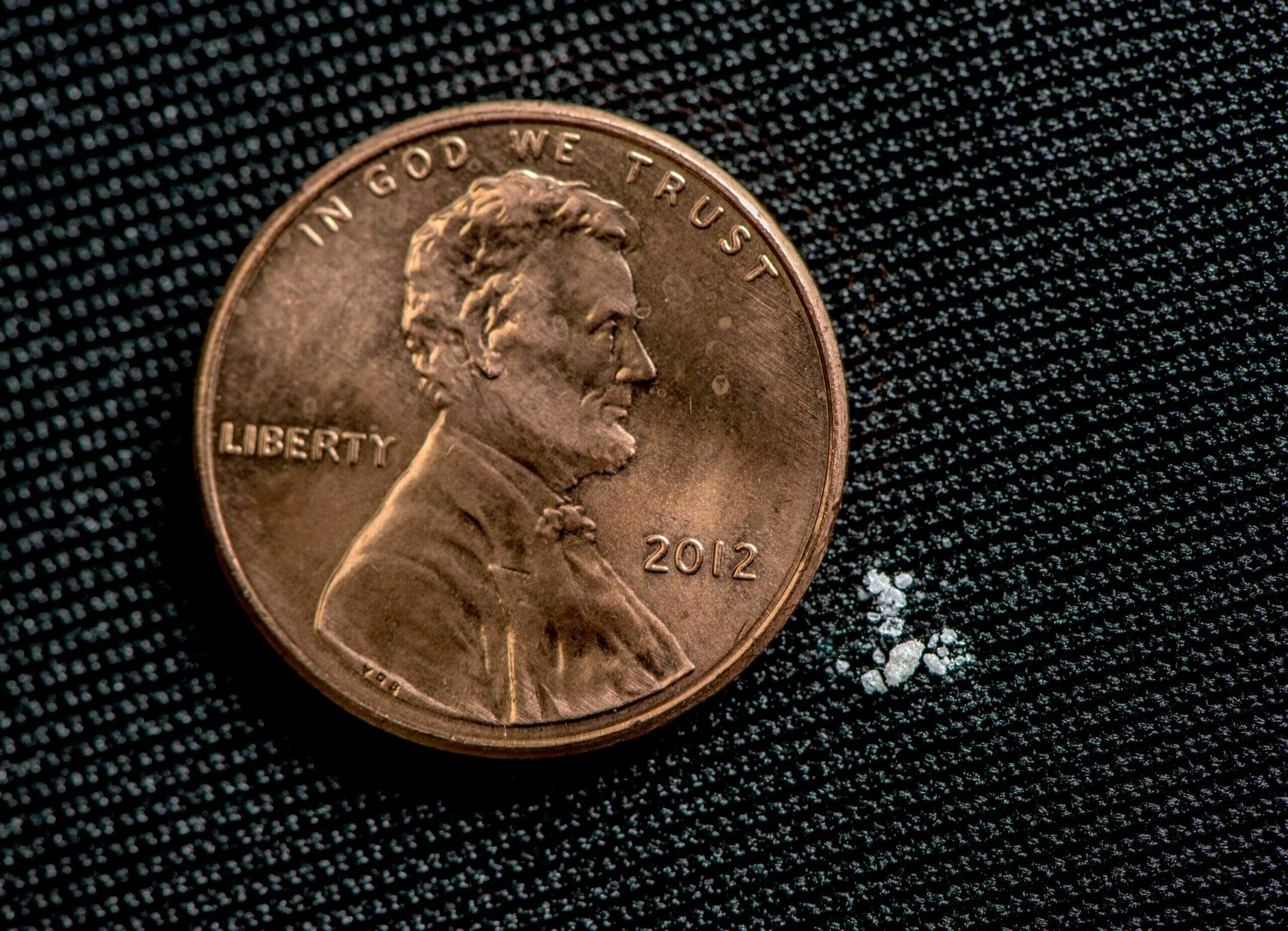
Tear gas is a common form of crowd control, used to disperse crowds in riot situations or confrontations between police and protesters. Tear gas is made up of a mixture of chemicals that irritate the eyes, nose, mouth, and skin. When used in enclosed spaces or against crowds, it can have long-lasting effects and even be fatal. Understanding teargas exposure symptoms is vital to taking the appropriate precautions and staying safe.
Remember that tear gas residue can linger for weeks or months after an incident, and you must act quickly if you suspect there is tear gas in your home or workplace!

Symptoms of tear gas exposure can vary, but some common signs include:
Exposure to tear gas can also cause skin irritation and rashes, nausea, vomiting, and headaches. In some cases, the effects can be long-lasting, and exposure can lead to respiratory complications and other serious health problems.
If you suspect you have been exposed to tear gas, it's important to take immediate action to minimize exposure and prevent further damage.
You can learn more by visiting the CDC's website for tear gas exposure and action items.

While the immediate effects of tear gas exposure are typically short-term, there can be long-term effects on respiratory health. Studies have shown that exposure to tear gas can increase the risk of developing or worsening asthma, bronchitis, and other respiratory diseases.
If you experience ongoing symptoms, such as difficulty breathing or persistent coughing, our advice is to seek medical help. Your doctor may recommend further testing to assess any damage to your respiratory system and provide proper treatment.
It's also important to seek medical attention if you have been exposed to tear gas multiple times, as repeated exposure can increase the risk of long-term health complications.

Lingering tear gas poses ongoing health risks for people in the affected area. If you suspect there is tear gas residue in your home or workplace, it's important to take immediate action. Bio-One of Chula Vista provides tear gas cleanup services in San Diego County and can help anyone dealing with the aftermath of a teargas-related event, from victims of tear gas exposure to police and law enforcement officers who need to clean up a scene.

Fentanyl, a synthetic opioid pain reliever, has been responsible for countless overdose deaths in recent years. In fact, fentanyl is up to 50 times more potent than heroin and up to 100 times more potent than morphine, meaning even small amounts of the drug can be lethal. Not only is fentanyl dangerous to those who deliberately use it, but it can also pose a significant risk to those who inadvertently come into contact with it. In this blog post, we'll discuss the dangers of fentanyl exposure and cleanup, and provide important information on what you can do if you come into contact with the drug.
Fentanyl is a potent drug that can cause serious harm with even the slightest exposure. The symptoms of fentanyl exposure vary depending on the amount, duration, and method of exposure but common symptoms to watch out for include:
If you experience any of these symptoms, seek immediate medical attention as fentanyl exposure can be life-threatening.

Fentanyl can enter the body through various routes including inhalation, ingestion, and skin contact. Inhalation of fentanyl can occur when the drug is crushed or disturbed, releasing particles into the air. Ingestion can happen if you touch your mouth or nose after coming into contact with the drug. Skin absorption can also occur, particularly if there are cuts or abrasions on the skin.
In the case of an accidental overdose or exposure, it’s essential to call 911 right away. First responders may administer Naloxone, a medication that can quickly reverse an opioid overdose, and transport the individual to the hospital. It’s crucial to remember that fentanyl is a potent drug and should never be handled carelessly. Therefore, avoid any contact with fentanyl powder or residue without appropriate protective gear.

Contaminated environments like homes, vehicles, or business premises containing fentanyl residue can pose a significant health risk. Biohazard remediation companies like Bio-One of Chula Vista can safely and effectively decontaminate fentanyl-contaminated areas. Our professionals have the expertise and equipment, including protective gear, to ensure complete cleanup and eliminate the risk of fentanyl exposure.
Prevention is always the best course of action when it comes to fentanyl exposure. If you are prescribed fentanyl for medical reasons, it’s important to follow the instructions from your healthcare provider and use it exactly as prescribed. If you encounter fentanyl in the workplace or on the street, avoid contact, and report it to the appropriate authorities. Educate yourself and others about the risks associated with fentanyl to further prevent accidental encounters.

Although accidents can happen to anyone, we can take necessary measures to prevent fentanyl exposure and know what to do if it happens. Whether it’s seeking medical attention, hiring a professional biohazard remediation service, or simply taking precautions in our daily lives, there are many ways to stay prepared. If you're dealing with a fentanyl-contaminated environment, our team at Bio-One of Chula Vista is ready to help!